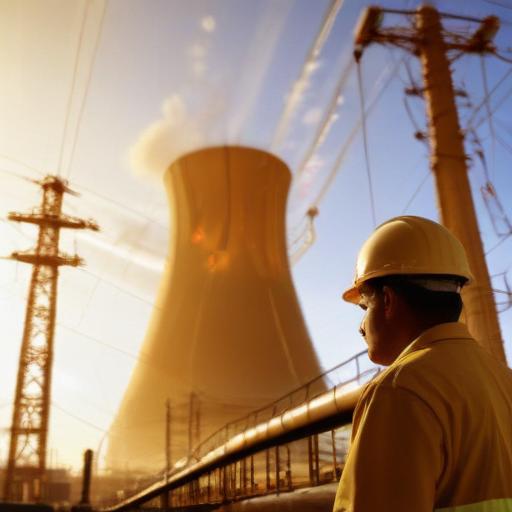Energy infrastructure continues to be a reliable sector for investors, especially with companies like Enterprise Products Partners and Energy Transfer leading the way with strong fundamentals and growth strategies. Enterprise Products Partners has demonstrated remarkable consistency, having raised its distribution for 26 years straight, even through economic downturns and oil market volatility. Approximately 85% of its revenue is derived from fee-based contracts, with many featuring inflation-linked provisions, ensuring cash flow remains stable.
Similarly, Energy Transfer boasts about 90% of its EBITDA stemming from fee-based contracts, with take-or-pay provisions ensuring predictable income regardless of usage. The company is strategically positioned to meet rising energy demands, especially from AI data centers and liquefied natural gas (LNG) exports. Recent agreements, such as the one with Cloudburst to supply natural gas to a future data center in Texas, highlight the growing interest and need for energy solutions.
Enterprise is currently focusing on $7.6 billion in projects under construction, mostly within the NGL value chain, indicating its commitment to growth while maintaining financial prudence. Meanwhile, Energy Transfer has increased its capital expenditure budget from $3 billion to $5 billion, signaling an aggressive stance on enhancing its natural gas infrastructure linked to the Permian Basin.
Apart from these market leaders, other companies also bring unique value propositions. Western Midstream offers a high yield of 9.5% while ensuring revenue consistency through contracts with cost-of-service protections. The Williams Companies, although yielding lower at 3.2%, has significant growth potential, especially through its pivotal Transco pipeline system and projects aimed at supporting data center energy demands.
Genesis Energy is viewed as a turnaround play; it recently sold its soda ash business to strengthen its balance sheet and focus on its offshore pipeline system, projecting significant growth potential with new projects coming online.
In the wider context, the pipeline sector appears to be well-positioned for growth, thanks to surging demand for natural gas from both LNG exports and developments in technology sectors. For investors seeking stability, income, and growth, these companies represent compelling options, each with distinct strategies aimed at capitalizing on current market demands while focusing on long-term sustainability.
It is refreshing to see how established players in the midstream sector are adapting to meet evolving industry needs, reinforcing the notion that despite market challenges, there are substantial opportunities for growth and investment success.
